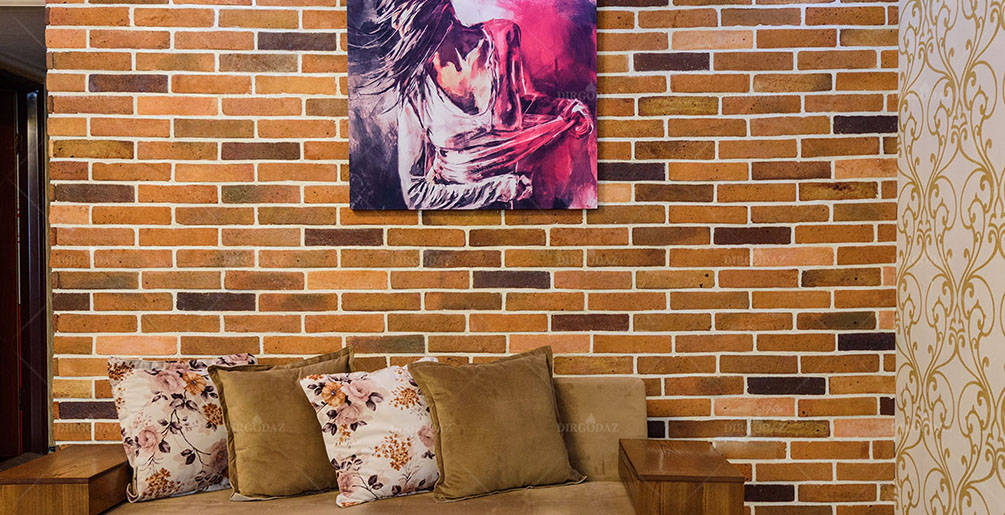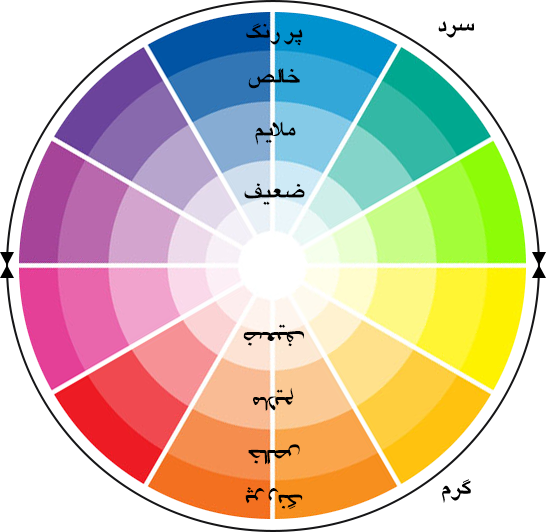Juxtaposition Of Colors
Have you been confused with the choice of color in various interior design styles?
In our opinion, the interior design or adornment of an ideal home or relaxing work environment is not only hard, but also fun and entertaining. If you do not have enough time and money to recall professional designers, this is the best solution for you, and it helps you design arbitrary space with various materials and interior design, especially refractory bricks. . Application of this method will be very easy. You can choose any color and design you like. The only way is to choose the depth, tonality, and color that’s exactly what you want.
To achieve excellent results, it’s only necessary to run our step-by-step guide:
1- Take a look at what you have.
2- Start by writing the following articles
- The room qualities, for example, are large or small, dim or light.
- Your favorite colors are up to three colors
When you are working on a satisfactory color combination, you need to consider the effect of light exposure on the environment. For example, brilliant yellow walls in a sunbathing environment look very nice, but the same color on the walls that use light natural light is a lot of boredom. In such an environment, it is better to use a yellowish mustard. Light depending on whether it is natural or artificial, will have different effects on the color, and awareness of this is vital when designing the color of a space. Be careful when and how much daylight to each of your rooms and the color you want for each room in the same lighting conditions.


